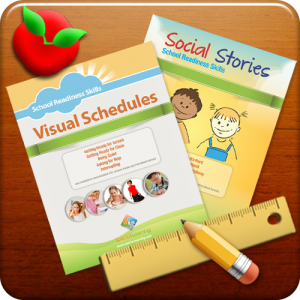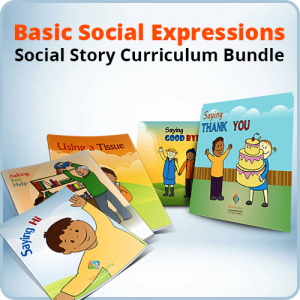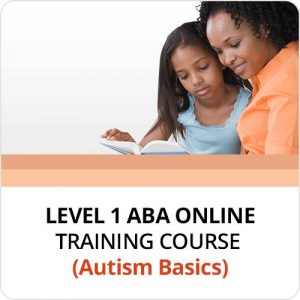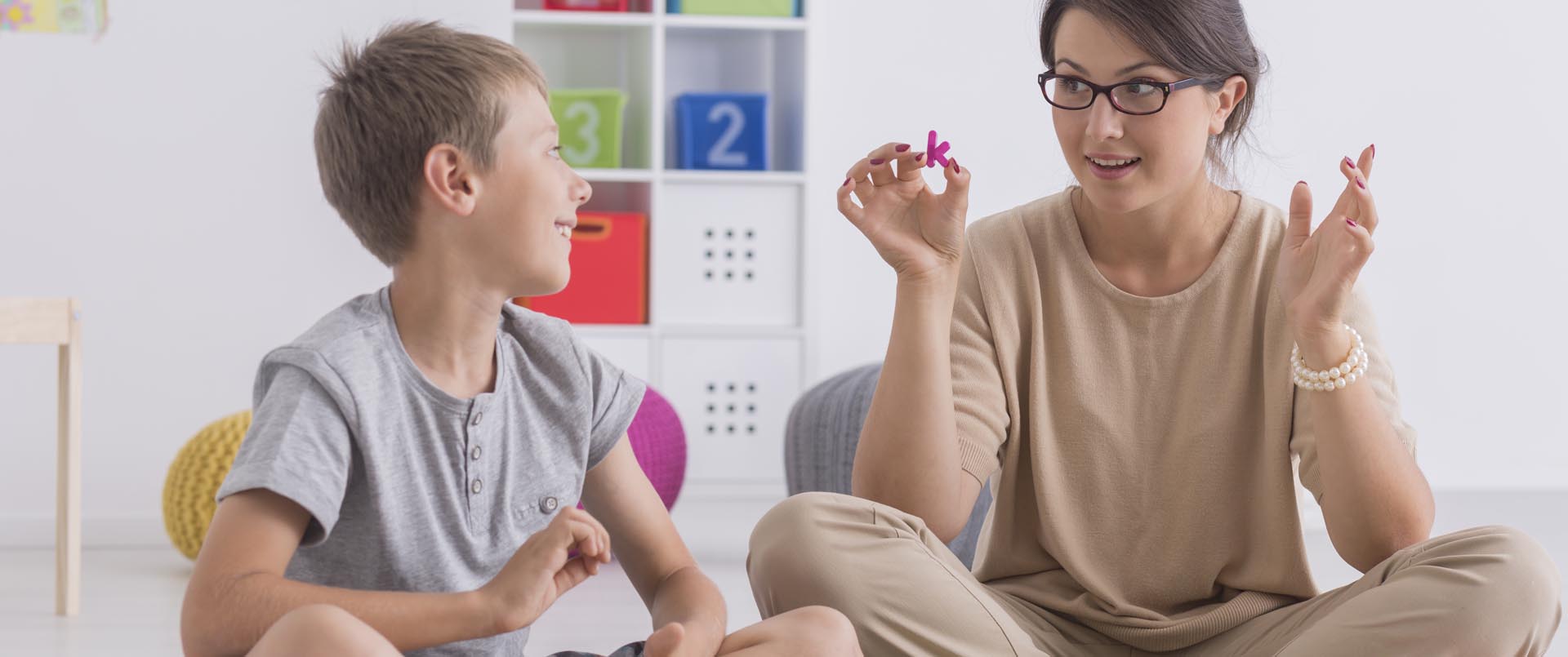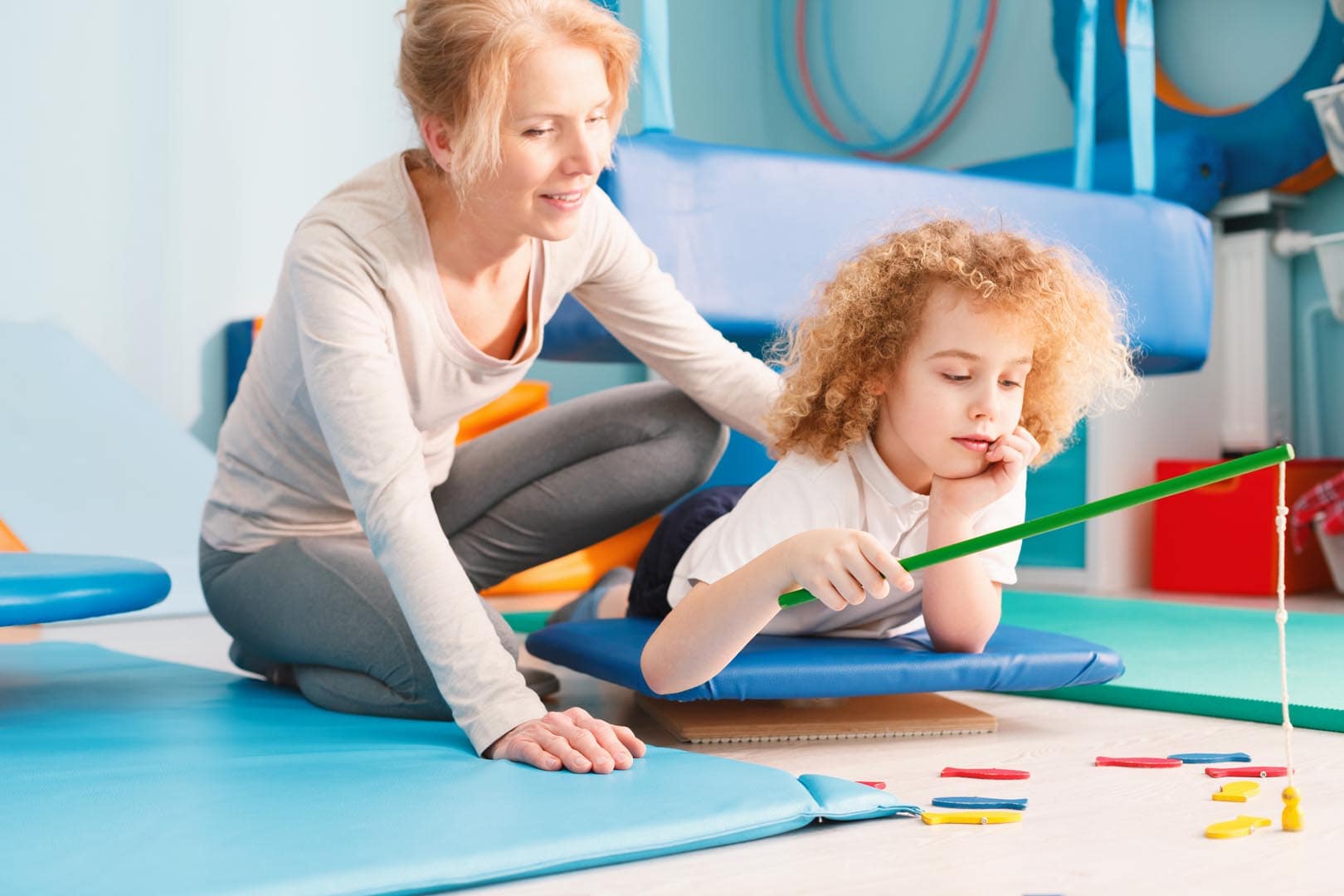Clinical Therapies
There are a number of clinical therapies used in treating children with Autism Spectrum Disorders. The most prevalent is Applied Behavior Analysis therapy due to its proven track record of results. However, for some children, additional types of therapy may be appropriate in order to work on physiological problems or focus on particular needs of the child.
Speech and Language Therapy
Speech therapy is a clinical therapy that helps in treating disorders related to speech and communication. Speech therapy involves using various tools and methods and can be carried out in various locations like schools, clinics, homes, and play areas. Speech therapy is recommended for many children diagnosed with autism, as children with autism are most likely to have verbal problems. They may either be unable to communicate verbally or maybe highly verbal without knowing how to use words in proper context. Besides learning the correct pronunciation, a child is also learning how to use language effectively through pragmatic usage of language during social interactions. Some skills that are required before a child is able to develop language skills are joint attention and social initiation. Joint attention means having the ability to make eye contact and using gestures such as pointing. Social initiation refers to the ability to ask questions using language. This therapy is tailored to the individual requirements of each child. (National Autism Resources, 2011)
Augmentative Communication
Augmentative communication involves the usage of expressive language to treat language disorders. This kind of communication uses computer technology and communication through pictures. A child with autism invariably possesses visual processing skills. Therefore, visual techniques such as reading, writing, and using a handheld device are more effective than using language communication to help the child.
Picture Exchange Communication (PECS)
Picture Exchange Communication (PECS) is helpful in treating children who lack verbal ability by using picture cards to help the child in developing communication skills. The pictures help the child to express what they want, feel, or observe. These pictures may be available in a book or can be homemade using pictures from magazines and newspapers. The child’s independent communication skills are enhanced and may lead to speech communication. This therapy can be used by parents, therapists, or educators in the locations that they choose.
American Sign Language
Sign language is useful in building the behavioral and social skills of children with autism. It is very effective as it does not use any external materials and the child will be able to learn the skills permanently. Evidence shows that a child who has learned sign language is able to learn a verbal language quickly. It is shown to mimic speech development and therefore strengthens verbal communication.
Occupational Therapy
Occupation therapy helps in improving the quality of life for a child with autism. Occupational therapy techniques help the child in performing activities of daily life such as feeding, toilet training, dressing, grooming. It enhances social and visual skills along with fine motor skills that help the child in writing, reading or using scissors. It also develops gross motor coordination that helps the child to walk or ride a bike, etc. Occupational therapy is used in collaboration with other medical and educational treatments.
Sensory Integration Therapy
Sensory integration deals with the organization and interpretation of external stimuli by the brain. External stimuli involve sensing smell, touch, sight, sound, and movement. Children with autism usually have Sensory Integration Dysfunction (SID). They lack the ability to relate to information that is brought about by the senses. Sensory Integration Therapy involves developing the child’s nervous system’s ability to process sensations by using neurosensory and neuromotor exercises. This therapy can enhance the child’s attention, coordination, balance, listening skills, comprehension, and the ability to control impulsivity.
Physical Therapy
Physical therapy is a form of rehabilitation that uses various exercises in helping patients recover and regain their physical abilities. A child with autism may benefit from physical therapy as it helps in strengthening muscles that improve coordination. The physical therapist will help the child to enhance the basic motor skills like standing, sitting, or walking. Advanced skills may be taught as the child grows older, which will help him or her play sports and perform other activities.
References:
http://www.autismspeaks.org/whattodo/index.php#sti
http://www.autism-help.org/communication-augmentative-alternative.htm
Copyright © by Special Learning Inc. All right reserved.
No part of this article may be reproduced in any manner whatsoever without written permission except in the case of brief quotations embodied in critical articles and reviews. For information, contact Special Learning Inc., at: contact@special-learning.com





